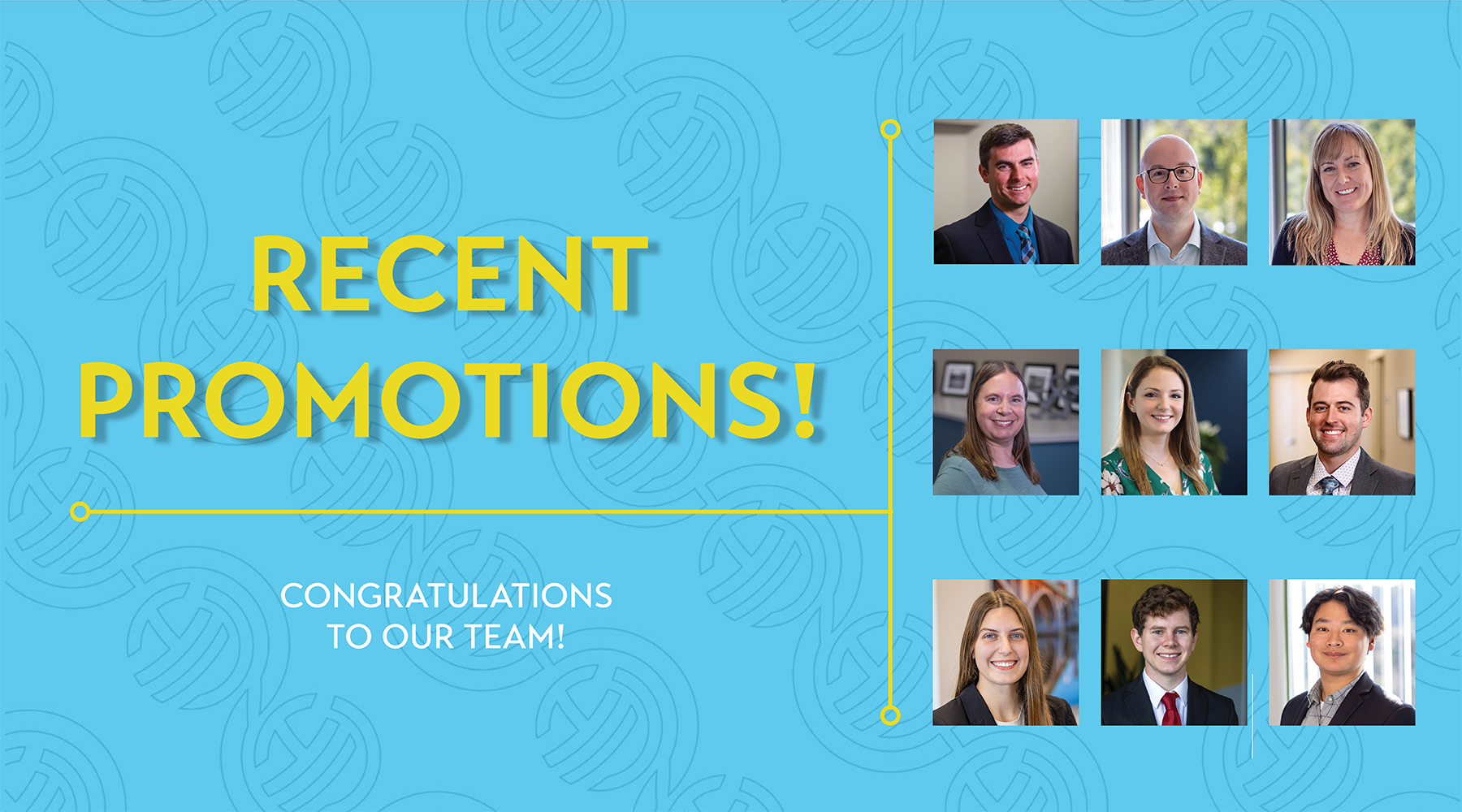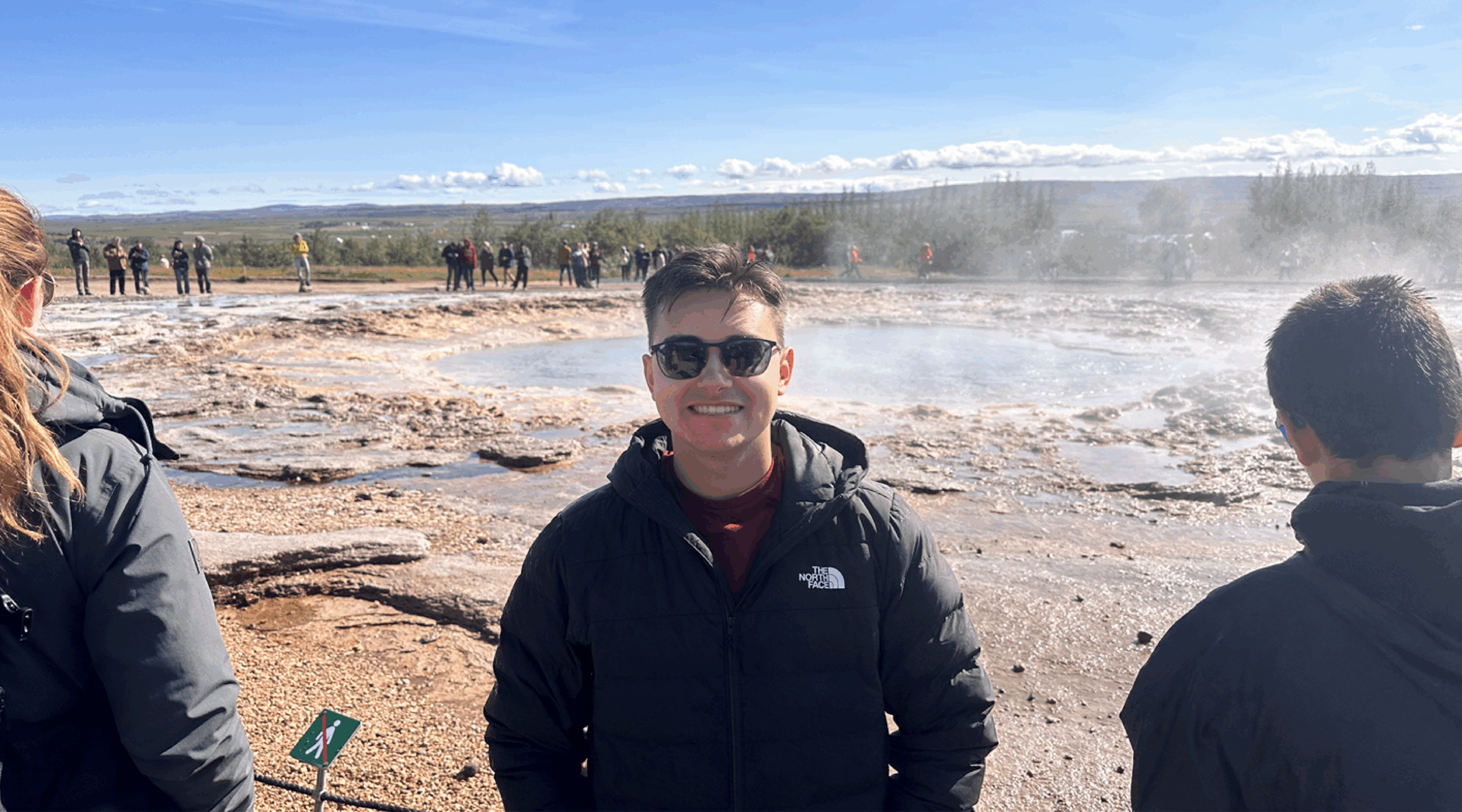*This post has been updated in 2020.
As outlined in the Key Elements of a Successful Asset Management Program post we shared earlier, the foundation of an asset management program will provide a community with a short and long-term decision-making tool that community stakeholders update regularly as needs are addressed over time. The program provides a methodical process of organizing, operating, maintaining, renewing, and disposing of tangible assets while tracking each asset’s useful life and risk of failure to ensure the greatest return on investment.
By creating an asset management program, communities can balance the cost of making repairs and upgrades to aging assets while maintaining a high level of service for the community.
VISION STATEMENT – This is a collaborative effort to define a vision that describes what the community wishes to achieve through development of an asset management program. When properly crafted, this community-specific vision statement will help communicate to stakeholders the purpose and overarching goals of what asset management will do for the community. The vision statement should identify and define all stakeholders (both internal and external) who will benefit from the program.
ASSET INVENTORY – Creating an asset inventory, including a naming convention specific to the community, will help identify the location and all pertinent information known about each asset. The asset inventory should include each asset name, location and all pertinent information known about each asset including age, condition, and years in service.
LEVEL OF SERVICE (LOS) WORKSHOP – Prepare and conduct a workshop to gather input from a cross-section of stakeholders and ratepayers to develop a level-of-service matrix summarizing goals that are sustainable, measurable, achievable, relevant and timely (SMART). In maintaining an asset management program over time, also include methods to evaluate and reassess (SMARTER) levels of service to make sure they continue to meet the goals and needs of the stakeholders. The workshop should include input from stakeholders, such as: system operators, management, ratepayers and supporting input from the engineer (if applicable). Participation in the workshop by outside stakeholders is encouraged. Many communities have found that a balanced scorecard type matrix is helpful in developing and using LOS. These LOS goals should be reviewed frequently and modified accordingly.
PRIORITIZATION OF ASSETS – Prioritize assets based on condition assessment and criticality. Many communities have found that a risk assessment type matrix comparing likelihood of failure versus consequence of failure is an effective and useful tool for helping to prioritize assets and to visualize the state of the community’s assets.
LIFE CYCLE COST ANALYSIS (LCCA) – Analyze life cycle costs of each asset including capital costs, operating costs (including energy costs for all vertical assets) and maintenance costs for the life of the assets.
Coming up in Part 2 we will cover the additional steps in this process.










